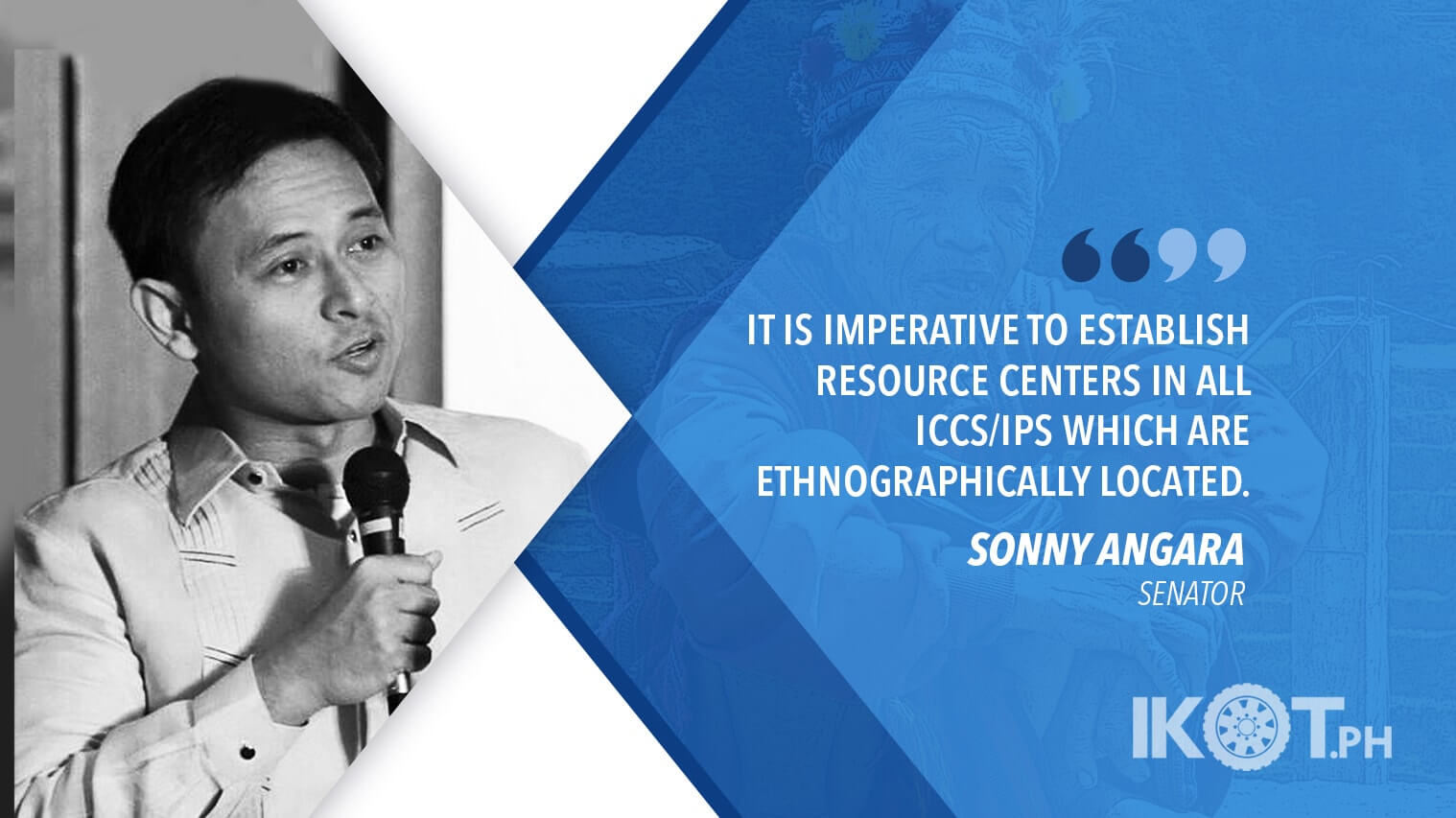In view of the National Indigenous Peoples’ Month in October, two senators have proposed the establishment of resource centers to improve the delivery of basic services to about 14 million to 17 million Indigenous Peoples (IPs) and indigenous cultural communities (ICCs).
Senators Sonny Angara and Ramon Revilla Jr. filed Senate Bill Nos. 706 and 443, respectively, to push for the “Resource Centers for Indigenous Peoples Act of 2019,” which would enable IPs to be recognized and have the freedom to participate in development programs, projects, and activities.
“IPs and ICCs remain the poorest in the country.”
Angara said IPs and ICCs remain the poorest in the country considering that they are in geographically isolated and disadvantaged areas that lack basic services.
The veteran legislator also noted that of the millions of IPs in the country, 61 percent are found in Mindanao while 33 percent are in Northern Luzon.
“It is imperative to establish resource centers in all ICCs/IPs which are ethnographically located as determined by the National Commission on Indigenous Peoples (NCIP). These centers shall enhance the delivery of basic, social, technical and legal services to the ICCs and IPs,” the seasoned lawmaker said.
Revilla, meanwhile, said the measure seeks to establish resource centers for IPs to gather credible and precise information from the ground.
“If we are to effectively address the plight of our indigenous peoples, it is imperative that we are backed with accurate information based on scientific and reliable data.”
“If we are to effectively address the plight of our indigenous peoples, it is imperative that we are backed with accurate information based on scientific and reliable data,” the veteran legislator said.
The senator’s bill proposed centers in strategic places as determined by the NCIP while Revilla’s measure specifically proposed that the centers be established in state universities and colleges in strategic locations in Luzon, Visayas and Mindanao.
The bills also propose that the center be composed of three major service areas–the Statistical Service Area, the Human Development Index Service Area, and the Domains Management Service Area.

